
Integrated regulation of apical hook development by EIN3/EIL1 and PIFs ($) (Plant Cell)
Plant Science Research WeeklyThe apical hook helps to protect the fragile cotyledons and shoot apical meristem while pushing through the soil, and hook angle determines the success of emergence from soil. Multiple hormones and light signals have contrasting roles in the regulation of hook formation; e.g., auxin, ethylene and gibberellic…
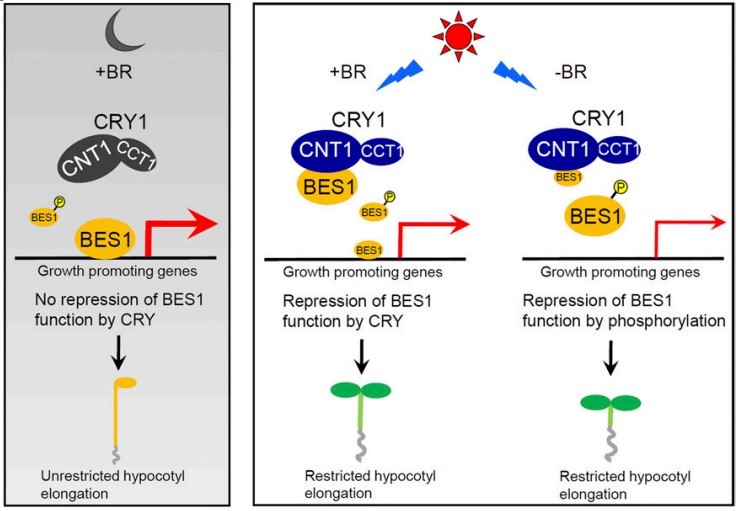
CRY1 interacts with BES1 to regulate BR signaling and photomorphogenesis (Plant Cell)
Plant Science Research WeeklyPlants perceive blue light through cryptochrome (CRY) photoreceptors that are responsible for photomorphogenesis, flowering, and circadian rhythms. At the same time, brassinosteroid (BR) represses photomorphogenesis. In this article, Wang et al. demonstrated CRY1-mediated inhibition of BR signaling as…
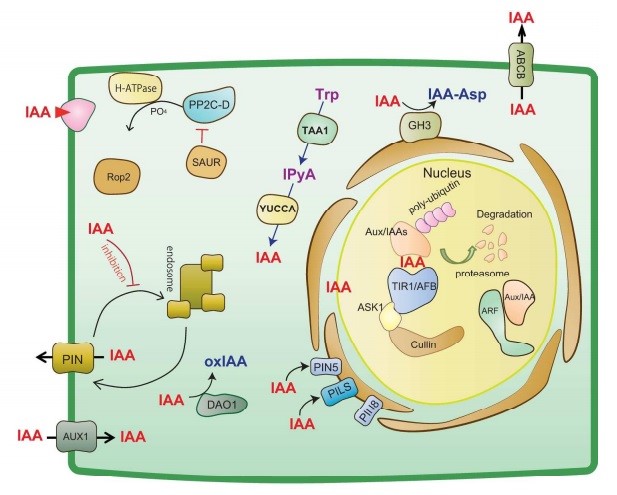
Manipulation and sensing of auxin metabolism, transport and signaling ($) (Plant Cell Physiol)
Plant Science Research WeeklyAuxin is involved in a diverse array of developmental processes as well as biotic and abiotic stress responses. The chemical–genetic approach is a powerful tool to decipher the auxin signaling pathway. In this review, Fukui and Hayashi have provided a comprehensive overview about the structure, molecular…
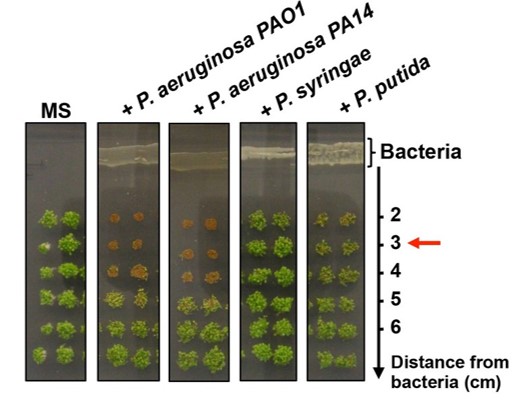
Arabidopsis seeds delay germination in the presence of pathogens (eLIFE)
Plant Science Research WeeklyThe rhizosphere represents a complex and dynamic environment that poses many challenges for seed germination and seedling establishment. While a number of well-characterized abiotic factors and hormone signaling pathways are known to contribute to the initiation of seed germination, our current understanding…
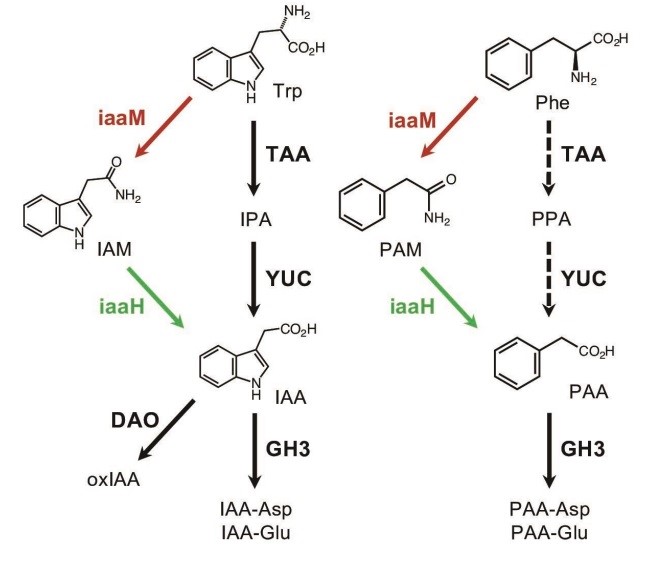
Agrobacterium tumefaciens enhances biosynthesis of two distinct auxins in crown galls ($) (Plant Cell Physiol.)
Plant Science Research WeeklyKiyoshi et al. investigated auxin biosynthesis during the formation of crown galls by Agrobacterium tumefaciens. Agrobacterium introduces into the plant T-DNA containing two auxin biosynthesis genes iaaM (TRYPTOPHAN-2-MONOOXYGENASE) and iaaH (INDOLE-3-ACETAMIDE HYDROLASE). The authors used LC-MS/MS to…
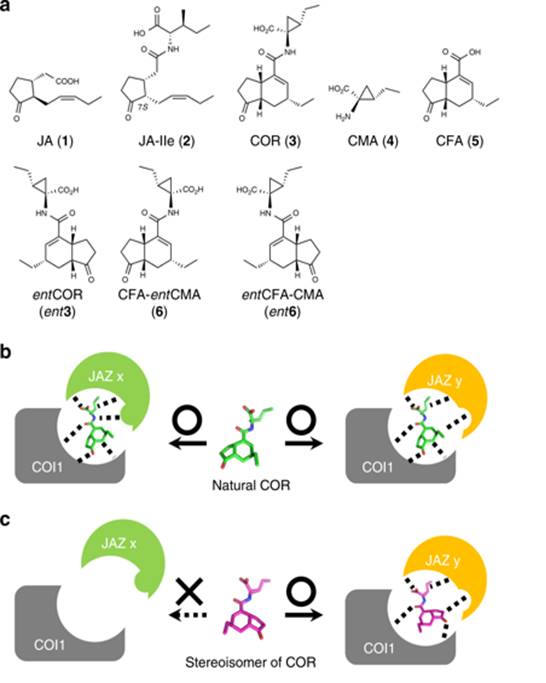
A rationally designed JAZ subtype-selective agonist of jasmonate perception (Nature Comms.)
Plant Science Research WeeklyMany plant hormones have pleiotropic effects, switching on and off multiple, seemingly unrelated processes. As an example, jasmonates both turn on herbivore defense responses and suppress growth. Takaoka et al. have elegantly separated these, by developing a jasmonate mimic that only activates defences.…
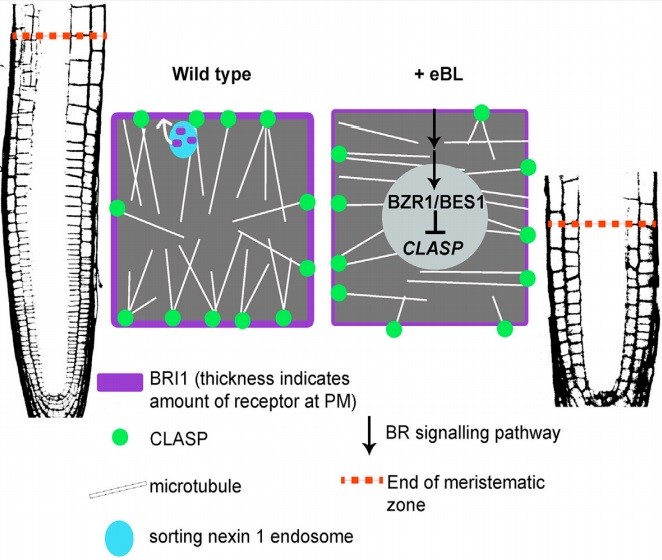
CLASP sustains cell proliferation through a brassinosteroid signaling negative feedback loop ($) (Curr. Biol.)
Plant Science Research WeeklyBrassinostreroid (BR) regulates the development of the root apical meristem. High levels of BR have inhibitory effects on cell production rates in the meristem and low levels show the opposite effect. Ruan, Halat et al. showed that BR regulates microtubule-associated CLASP (CLIP-Associated Protein) expression…
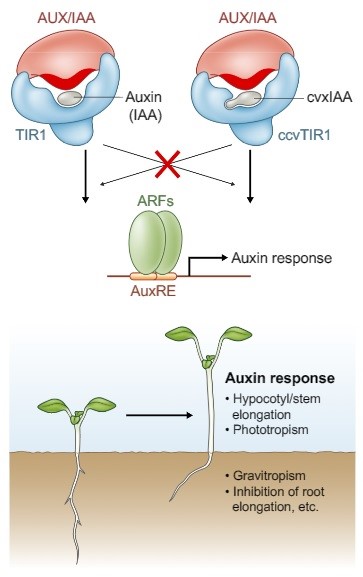
Review: Harnessing synthetic chemistry to probe and hijack auxin signaling (New Phytol)
Plant Science Research WeeklyAuxin has been studied since Charles Darwin observed the phototropic response. More recently, chemical genetic approaches using auxin agonists and antagonists have been applied to studies of auxin. Torii et al. review how synthetic chemistry and chemical genetics have provided insights into and new tools…
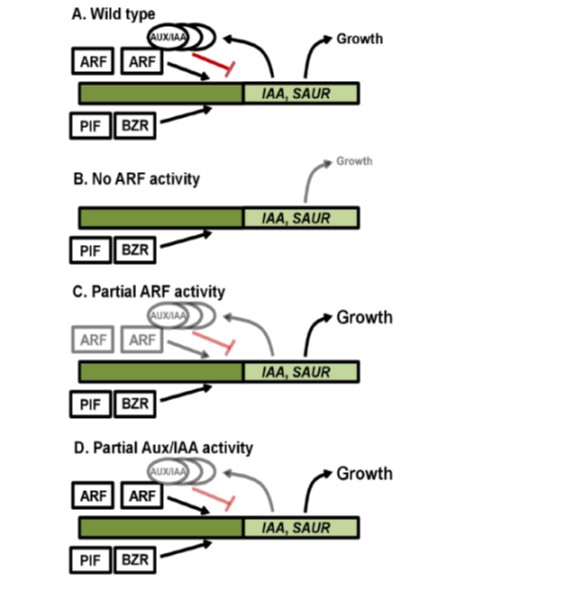
Three auxin response factors promote hypocotyl elongation (Plant Physiol.)
Plant Science Research WeeklyBy now we’re probably all familiar with the central dogma of auxin signalling; that the interaction between auxin and auxin receptors (e.g., TIR1) leads to degradation of Aux/IAA proteins, freeing up ARF transcription factors to do their things. The complexity of this simple system arises in part due…

